Growing up in British Columbia, and having a mother who spent several years in Asia, I developed a fascination with the culture and people of China. I dig Chinese movies (House of Flying Daggers, Hero, and the like will bring productivity to a halt in this house) and have a very snobbish opinion of what most North Americans call “Chinese food” (friends don’t let friends eat Panda Express.) So when I came across Alice Poon’s new novel, I was intrigued.
 Not only is the book set in the Ming and Qing dynasties, but Alice lives and writes in Richmond, BC, about 40 miles from my home town. She’s an avid reader of world historical fiction. Born and educated in Hong Kong, she grew up devouring Jin Yong’s (Louis Cha’s) martial arts and chivalry novels which are all set in China’s distant past. That sparked her life-long interest in Chinese history. Writing historical novels set in Old China has been her long cherished dream. She is the author of the bestselling Chinese edition of Land and the Ruling Class in Hong Kong, which won the 2011 Hong Kong Book Prize. In 2007, Canadian Book Review Annual selected the original English Edition as Editor’s Choice (Scholarly). Okay, she’s way out of my league but she talked to me anyway….
Not only is the book set in the Ming and Qing dynasties, but Alice lives and writes in Richmond, BC, about 40 miles from my home town. She’s an avid reader of world historical fiction. Born and educated in Hong Kong, she grew up devouring Jin Yong’s (Louis Cha’s) martial arts and chivalry novels which are all set in China’s distant past. That sparked her life-long interest in Chinese history. Writing historical novels set in Old China has been her long cherished dream. She is the author of the bestselling Chinese edition of Land and the Ruling Class in Hong Kong, which won the 2011 Hong Kong Book Prize. In 2007, Canadian Book Review Annual selected the original English Edition as Editor’s Choice (Scholarly). Okay, she’s way out of my league but she talked to me anyway….
What is The Green Phoenix about?
It’s about the life and times of Empress Dowager Xiaozhuang, the first matriarch of China’s Qing Dynasty. She was a Mongolian princess descended from Genghis Khan’s full brother Khasar and her maiden name was Borgijit Bumbutai. By arranged marriage she becomes the consort of the Manchu Khan, Hong Taiji, who is a dauntless warrior intent on conquering Ming China. But right from the beginning, deep conflicts seethe beneath the relationship with her husband, the future Qing Emperor, as she is deeply in love with his half brother Dorgon, who, it so happens, is the Emperor’s nemesis due to a deep-seated mutual hatred going back one generation. The story follows Bumbutai as she struggles to survive the Manchu court’s in-fighting, the sibling rivalry and war, burdened as she is with an heir-producing duty owed both to Hong Taiji and to her own tribesmen. Eventually, when Ming China is at last conquered, circumstances dictate that she has to take up leadership in the new Qing regime, and to help her son and grandson restore peace and rule over a war-wearied multicultural Empire.
The narrative is set against a turbulent canvas as the Ming Dynasty is replaced by the Qing Dynasty and the transition is marked by numerous vicious battles between the Manchus and the Hans. Ethnic antagonism between the opposing camps and perfidy (major points for use of perfidy!) and corruption among the Hans themselves drive conflicts to a culmination, which results in large scale deaths and sufferings.
What is it about that time period or character that intrigued you and motivated you to write about it?
The time period is most fascinating as it is marked by the violent demise of one ruling regime and the simultaneous birth of another. Such straddling periods in history, whether it’s in the West or the East, are, in my view, always a subject that bears studying. The saying that history repeats itself, though clichéd, is not far from truth. I’ve often pondered over the question, why does humankind never learn from history? Recently I came across a sobering article by Paul Lynch, recommended to me by a good friend, that says there’s no such thing as historical fiction: the modern world is governed by ancient forces – power versus weakness, truth versus falsehood, life versus death – and there’s the question of how we can survive those forces. How spot-on! When we look at our past, we are actually staring into our present.
Above all, I was motivated to write about the character of Empress Xiaozhuang because I felt that her contributions to humanity in China’s history are greatly underrated, and also because this historical character has never been introduced to the Western literary consciousness. Western readers only know about two Imperial women in Chinese history: Empress Wu Zetian of the Tang Dynasty and Empress Cixi of the late Qing, but the fact is, Chinese people don’t even respect these two characters.
Without giving away spoilers, what’s your favorite scene or event in the 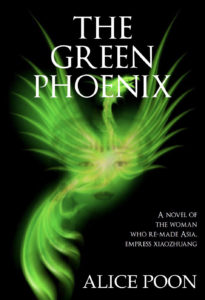 book?
book?
There are actually quite a few. It’s hard to choose one. Let’s see. I love the scene where Bumbutai has a long conversation with her half sister Little Jade (Dorgon’s wife) in the beautiful setting of the imperial hunting park called South Park. Both women love Dorgon deeply. Here each of them expresses her own cutting insight into Dorgon’s behavioral eccentricities, while being mindful of the other sister’s sensibilities. The natural landscape exerts a rejuvenating effect on Bumbutai, who is a born lover of nature, whereas their visit to a deer farm brings out different reaction from each.
One favorite event (I’m cheating here!) is where Bumbutai tries to coax her son Shunzhi Emperor to face down his fear in a critical crisis by enlisting the help of his respected adviser, a German Jesuit priest, who she knows always has Shunzhi’s ear. As she predicts correctly, the priest gives a most convincing speech, which calms down the Emperor at once. She has the whole situation under control and knows clearly in her mind which commander to deploy and how to resolve the crisis, but keeps quiet as she does not want to appear to be overriding her son’s power in the presence of courtiers. Then when the Emperor is out of the fit of hysteria, she casually hints at the name of the commander, and gives credit to her son for coming up with the solution.
Where can people find you and The Green Phoenix?
Alice: The Kindle version is now available for pre-order from Amazon. The hardcover and paperback versions will be available on September 1, 2017.
The Goodreads book page:
The Amazon book page:
Facebook: http://www.facebook.com/alice.poon.author
Twitter: @alicepoon1
My Blog: http://alicewaihanpoon.blogspot.ca
 I am a fifth-generation Colorado native – and because I was the geeky kid who kept pestering the “old people” with questions, from an early age I was filled with a wealth of strange and historical stories. I’m from Golden originally, and now live in Denver. My undergrad degree is in History and I love the more unusual facets of history. In my free time, if I’m not writing, I’m off combing the mountains for old historical relics and enjoy traveling around the world. I am a member of Lighthouse Writers, Colorado Author’s League, Historical Novel Society and History Writers of America along with Women Writing the West.
I am a fifth-generation Colorado native – and because I was the geeky kid who kept pestering the “old people” with questions, from an early age I was filled with a wealth of strange and historical stories. I’m from Golden originally, and now live in Denver. My undergrad degree is in History and I love the more unusual facets of history. In my free time, if I’m not writing, I’m off combing the mountains for old historical relics and enjoy traveling around the world. I am a member of Lighthouse Writers, Colorado Author’s League, Historical Novel Society and History Writers of America along with Women Writing the West.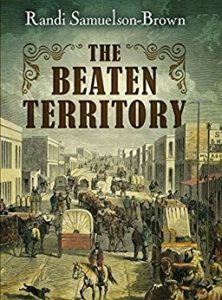
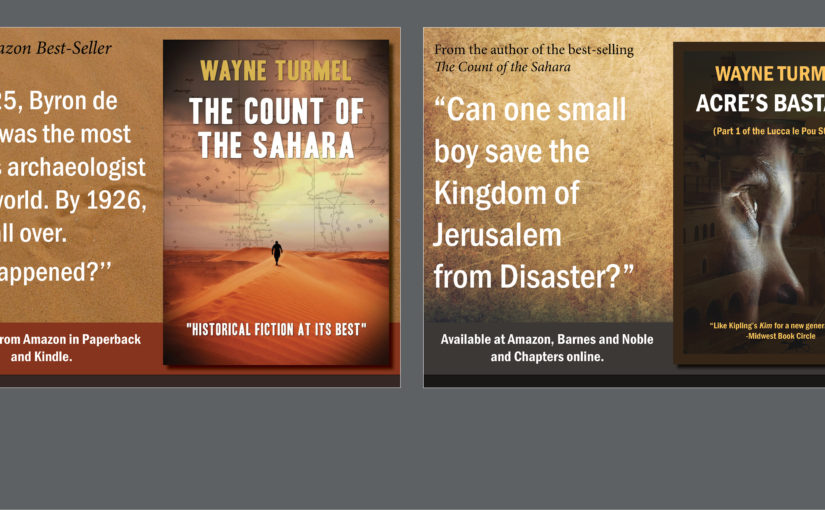

 When not spending time with his family, teaching, playing hockey, and enjoying the outdoors, he continues to research and write. A series of new releases are planned for the future.
When not spending time with his family, teaching, playing hockey, and enjoying the outdoors, he continues to research and write. A series of new releases are planned for the future.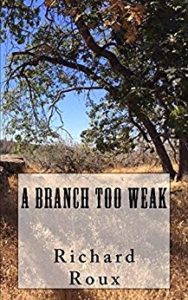 love exploring how local history is intertwined with national events. And I have always been drawn to history of the American West. So, throughout my life, I have contemplated how my little corner of the world developed over time. My family has some property in the Greenhorn Mountains of Kern County. The area witnessed its own gold rush in 1853 and 1854.
love exploring how local history is intertwined with national events. And I have always been drawn to history of the American West. So, throughout my life, I have contemplated how my little corner of the world developed over time. My family has some property in the Greenhorn Mountains of Kern County. The area witnessed its own gold rush in 1853 and 1854. I can’t think the members of NWG enough for their support, love and assistance with my writing–not to mention just getting me out of the house and out amongst humans once a week.
I can’t think the members of NWG enough for their support, love and assistance with my writing–not to mention just getting me out of the house and out amongst humans once a week.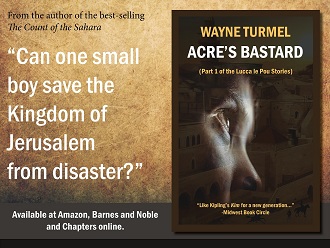
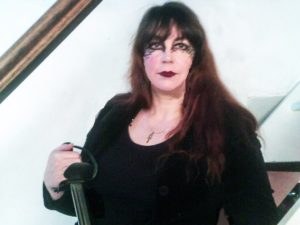 Writer, mad cake lady, re-enactor, historian.
Writer, mad cake lady, re-enactor, historian.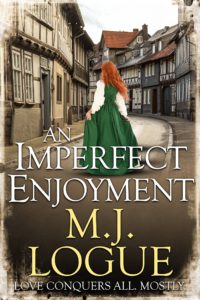

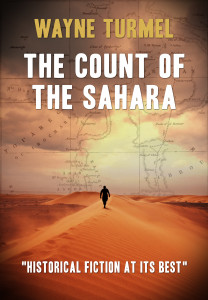
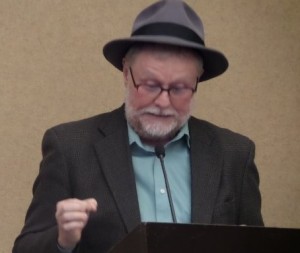
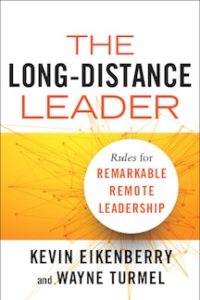 available for pre-order. It’s from Berrett-Koehler publishers, and we couldn’t be happier, both with the book and our partnership with B-K.
available for pre-order. It’s from Berrett-Koehler publishers, and we couldn’t be happier, both with the book and our partnership with B-K.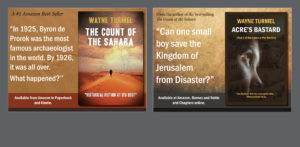
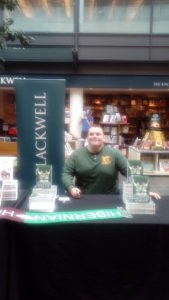 Ian Colquhoun is an author and historian from Livingston, Scotland. Since 2007 he has released 11 books, with subjects ranging from military history to football. He is a keen military historian and Hibernian FC fan. Ian’s life changed in 2002 when, at the age of 24, he was the victim of assault and arson which saw him lose both legs. No longer able to do his old warehousing job, he went to university to study history and then went on to writing. For a time he was also an amputee actor/stunt man (okay, I now feel completely useless and out of excuses for pretty much anything!), and has appeared in movies like The King’s Speech and Sunshine on Leith, as well as in TV series such as Taggart and Downton Abbey. Largely retired now for medical reasons, Ian still writes for a newspaper called The Irish Voice, mostly covering sports.
Ian Colquhoun is an author and historian from Livingston, Scotland. Since 2007 he has released 11 books, with subjects ranging from military history to football. He is a keen military historian and Hibernian FC fan. Ian’s life changed in 2002 when, at the age of 24, he was the victim of assault and arson which saw him lose both legs. No longer able to do his old warehousing job, he went to university to study history and then went on to writing. For a time he was also an amputee actor/stunt man (okay, I now feel completely useless and out of excuses for pretty much anything!), and has appeared in movies like The King’s Speech and Sunshine on Leith, as well as in TV series such as Taggart and Downton Abbey. Largely retired now for medical reasons, Ian still writes for a newspaper called The Irish Voice, mostly covering sports.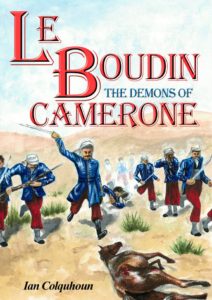

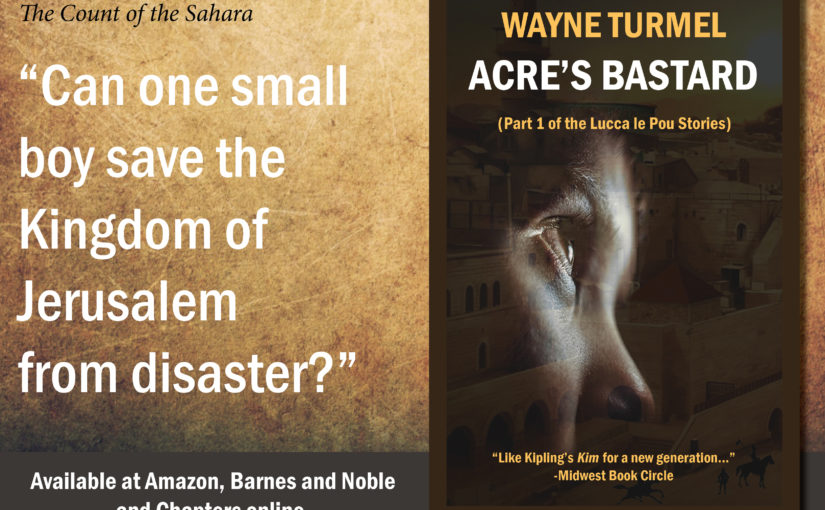
 Not only is the book set in the Ming and Qing dynasties, but Alice lives and writes in Richmond, BC, about 40 miles from my home town. She’s an avid reader of world historical fiction. Born and educated in Hong Kong, she grew up devouring Jin Yong’s (Louis Cha’s) martial arts and chivalry novels which are all set in China’s distant past. That sparked her life-long interest in Chinese history. Writing historical novels set in Old China has been her long cherished dream. She is the author of the bestselling Chinese edition of Land and the Ruling Class in Hong Kong, which won the 2011 Hong Kong Book Prize. In 2007, Canadian Book Review Annual selected the original English Edition as Editor’s Choice (Scholarly). Okay, she’s way out of my league but she talked to me anyway….
Not only is the book set in the Ming and Qing dynasties, but Alice lives and writes in Richmond, BC, about 40 miles from my home town. She’s an avid reader of world historical fiction. Born and educated in Hong Kong, she grew up devouring Jin Yong’s (Louis Cha’s) martial arts and chivalry novels which are all set in China’s distant past. That sparked her life-long interest in Chinese history. Writing historical novels set in Old China has been her long cherished dream. She is the author of the bestselling Chinese edition of Land and the Ruling Class in Hong Kong, which won the 2011 Hong Kong Book Prize. In 2007, Canadian Book Review Annual selected the original English Edition as Editor’s Choice (Scholarly). Okay, she’s way out of my league but she talked to me anyway…. book?
book? Anthony (Tony) Cleveland is an Associate Professor of Psychology at Jackson College in Jackson, Michigan. He has a B.S. In Chemistry from the University of Toledo and an M.A. In Counseling Psychology from Moody Theological Seminary – Michigan.
Anthony (Tony) Cleveland is an Associate Professor of Psychology at Jackson College in Jackson, Michigan. He has a B.S. In Chemistry from the University of Toledo and an M.A. In Counseling Psychology from Moody Theological Seminary – Michigan.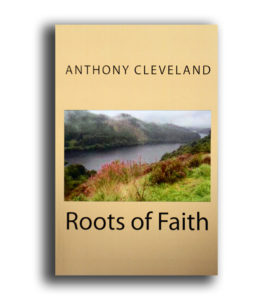 about are my ancestors. I wanted my grandchildren to know of the sacrifices their ancestors made in coming to America and the importance their faith made in that endeavor. The book, of course, is historical fiction. I attempt to weave together an imaginative yet informative blend of history and myth, fact and fiction, that will help guide them through their lives after I am long gone. I do pray reading this work will help them remember not only the history of their ancestors but of our nation. God willing, it will somehow inspire them to stay strong in faith, follow the teachings of Jesus of Nazareth, and, ultimately, “run the race well”.
about are my ancestors. I wanted my grandchildren to know of the sacrifices their ancestors made in coming to America and the importance their faith made in that endeavor. The book, of course, is historical fiction. I attempt to weave together an imaginative yet informative blend of history and myth, fact and fiction, that will help guide them through their lives after I am long gone. I do pray reading this work will help them remember not only the history of their ancestors but of our nation. God willing, it will somehow inspire them to stay strong in faith, follow the teachings of Jesus of Nazareth, and, ultimately, “run the race well”.